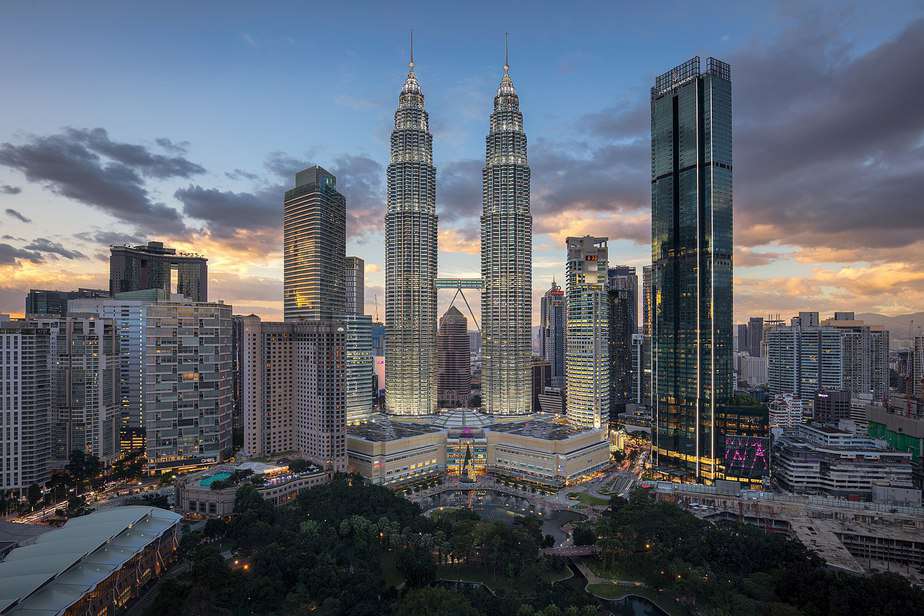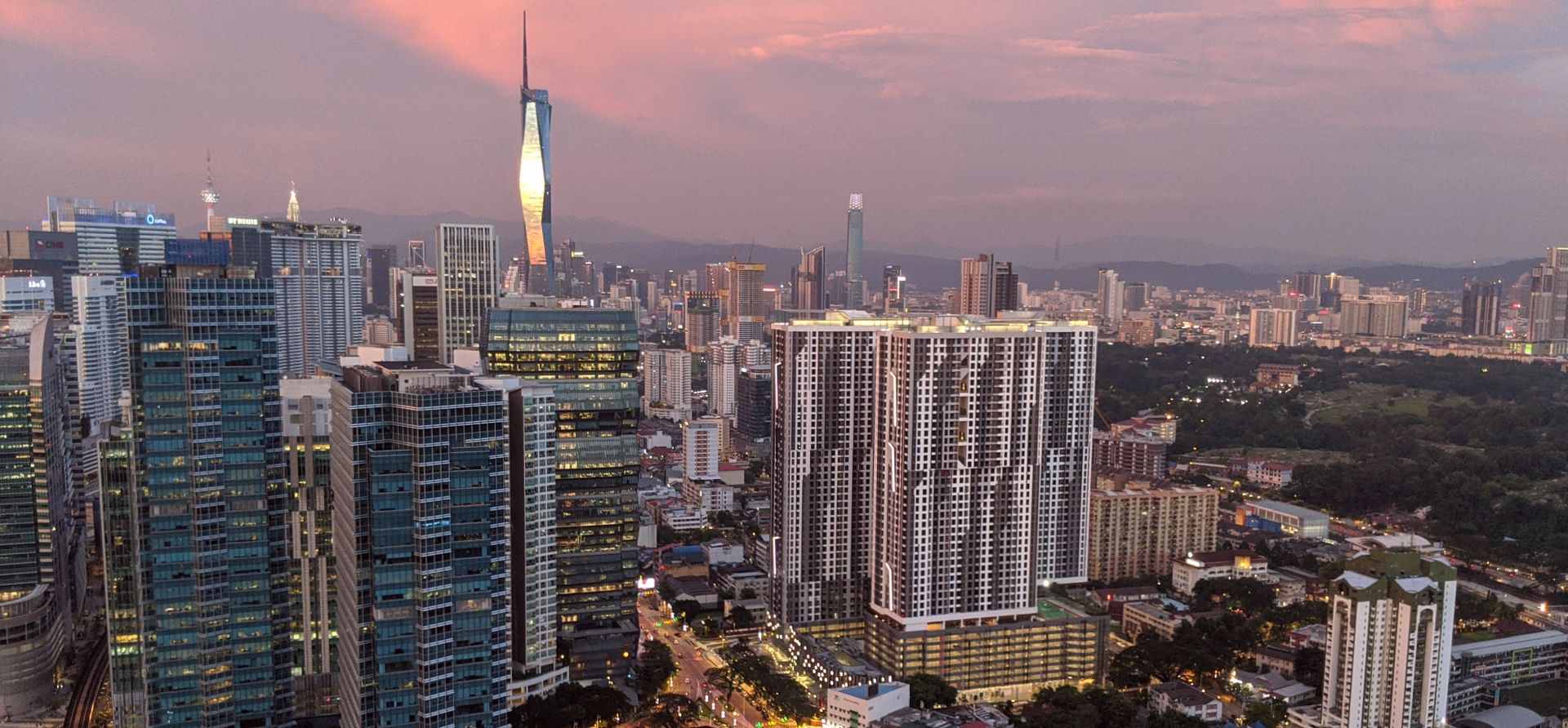What’s KL’s latest global top 10 ranking all about, you ask? Just look to the sky.
We could probably find a solid handful of global top 10 lists that the Malaysian capital would feature in – hopefully most of them good – but this one may surprise you a bit. You may know about Kuala Lumpur’s handful of supertall buildings – indeed, the world’s second-tallest building lives here – but when it comes to the sheer number of skyscrapers gracing the city’s landscape, we do pretty well on that list, too!
For 2023, Kuala Lumpur is ranked number 7 in the worldwide list of cities that are home to the most skyscrapers! And though such a ranking may seem a bit superfluous, these towering buildings actually do mean something in the grand scheme of things. Let’s take a closer look.
THE BACKGROUND
Skyscrapers, towering testaments to human ambition, have since the late 19th century transformed city skylines around the world. Among these architectural marvels, the Home Insurance Building holds a significant place in history. Constructed in 1885 in Chicago, it earned the title of the world’s first “skyscraper” (by conventional definition), topping out at just 42.1 m and 10 floors. In 1891, two more floors were added, seen below, to bring the building’s height to 55 m and 12 stories. However, progress marched on, and in 1931, the Home Insurance Building made way for the Field Building, now known as the Lasalle Building.
For much of the 20th century, the United States – and more specifically the cities of New York and Chicago – held a position of unparalleled dominance in the realm of skyscrapers. It was during this time that the U.S. solidified its status as a global leader in architecture and engineering, reshaping city skylines with remarkable structures that pushed the boundaries of height and design.
One of the most iconic examples of the American skyscraper is the Empire State Building, a towering symbol of New York City. Completed in 1931, this Art Deco masterpiece stood as the tallest building in the world for nearly four decades, a testament to American ambition and technical innovation.
Another notable American landmark is the Willis Tower (formerly known as the Sears Tower) in Chicago. This colossal structure, completed in 1974, held the title of the world’s tallest building for nearly 25 years. Its distinctive design and robust engineering continue to captivate visitors from around the globe.
During this era of American dominance, cities like New York, Chicago, and Los Angeles boasted skylines dotted with awe-inspiring skyscrapers. These architectural marvels, such as the Chrysler Building, the John Hancock Center, and the Transamerica Pyramid, not only showcased the country’s architectural ingenuity but also served as symbols of economic prosperity and urban progress.

The U.S. dominance in skyscrapers was fueled by a combination of factors, including technological advancements, financial resources, and a spirit of innovation. American architects and engineers embraced new construction techniques, such as steel-frame structures and curtain walls, allowing for the construction of taller and more efficient buildings.
However, as the 20th century drew to a close, other countries began to assert their presence in the realm of skyscrapers. The terrorist attacks on the United States in 2001, of course, saw two of its most iconic skyscrapers destroyed, though an even taller single tower ultimately emerged in New York City to replace the fallen World Trade Center twin towers.
Today, cities like Dubai, Shanghai, and Kuala Lumpur have emerged as formidable contenders, pushing the boundaries of height and architectural grandeur. Of course, KL holds a place of distinction, being home to the world’s tallest buildings, the Petronas Twin Towers, from 1998 to 2003. These days, the soaring Merdeka 118 megatall skyscraper, at 678.9 m, takes its place as the second-tallest building on Earth.

THIS YEAR’S TOP 10
According to Visual Capitalist, the cities with the most skyscrapers are a testament to China’s dominance in this realm. With a staggering total of 2,777 skyscrapers and 72 supertall structures, China reigns supreme as the host of these magnificent urban landscapes, though in 2021, the government placed new restrictions on construction, in a bid to stop “vanity projects” from proliferating in the country’s many mid-sized cities. China had previously already banned any future buildings taller than 500 m.
From Shanghai’s majestic Oriental Pearl Tower to the towering splendor of Guangzhou’s CTF Finance Centre, China’s cities showcase an architectural prowess that leaves spectators in awe. The dramatic rise of these skyscrapers not only reflects the nation’s economic growth, but also its aspiration to push the boundaries of engineering and design. Here are the top 10 cities, as noted by World Atlas:
- Hong Kong
- Shenzhen
- New York City
- Dubai
- Guangzhou
- Shanghai
- Kuala Lumpur
- Chongqing
- Tokyo
- Wuhan
Skyscrapers, in all their splendor, symbolize our unyielding pursuit of progress and our desire to reach new heights, both literally and metaphorically. As cities continue to evolve and urban centers expand, these architectural wonders stand as beacons of human ingenuity, shaping the modern world and inspiring awe in all who behold them.

"ExpatGo welcomes and encourages comments, input, and divergent opinions. However, we kindly request that you use suitable language in your comments, and refrain from any sort of personal attack, hate speech, or disparaging rhetoric. Comments not in line with this are subject to removal from the site. "























